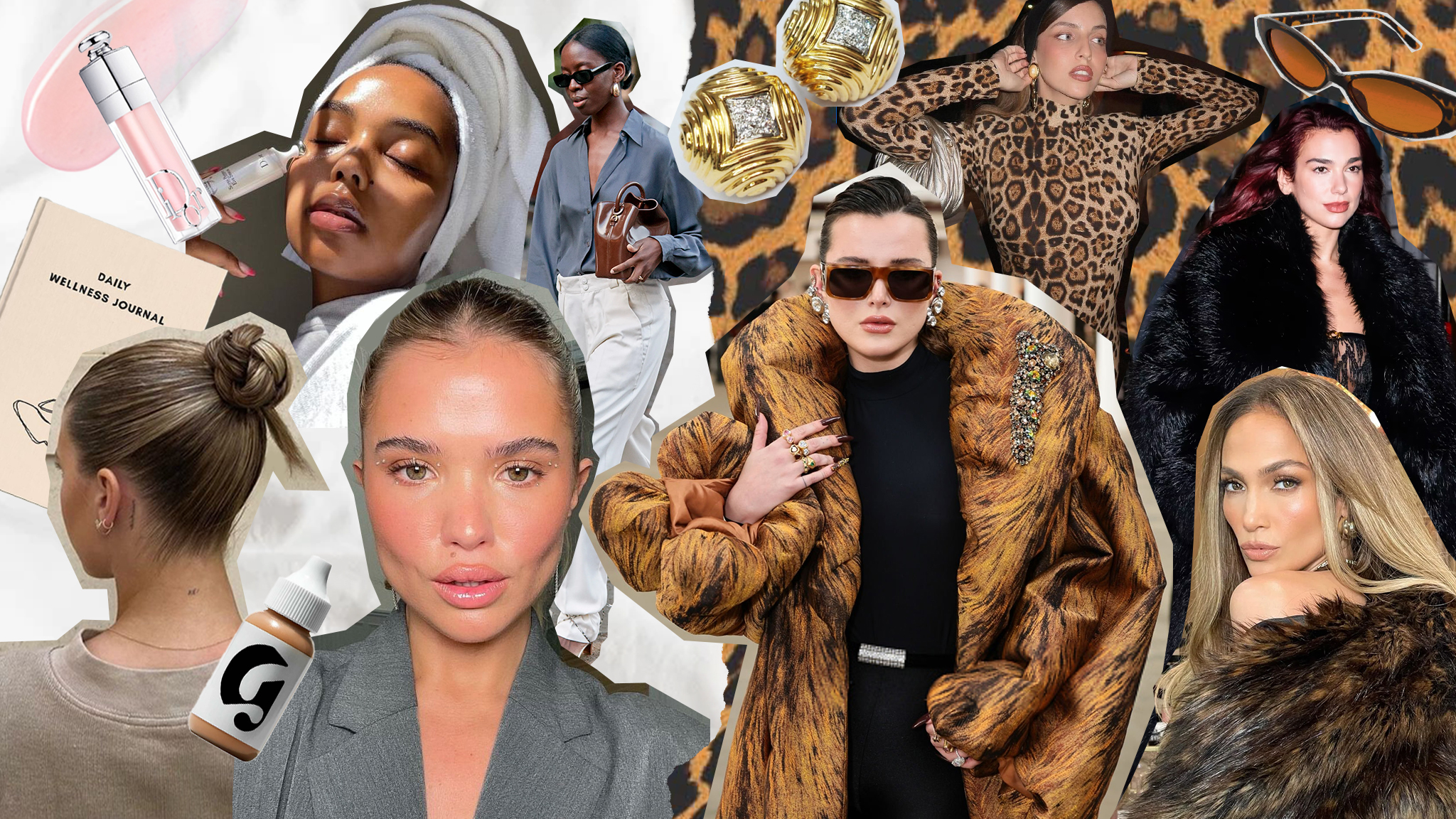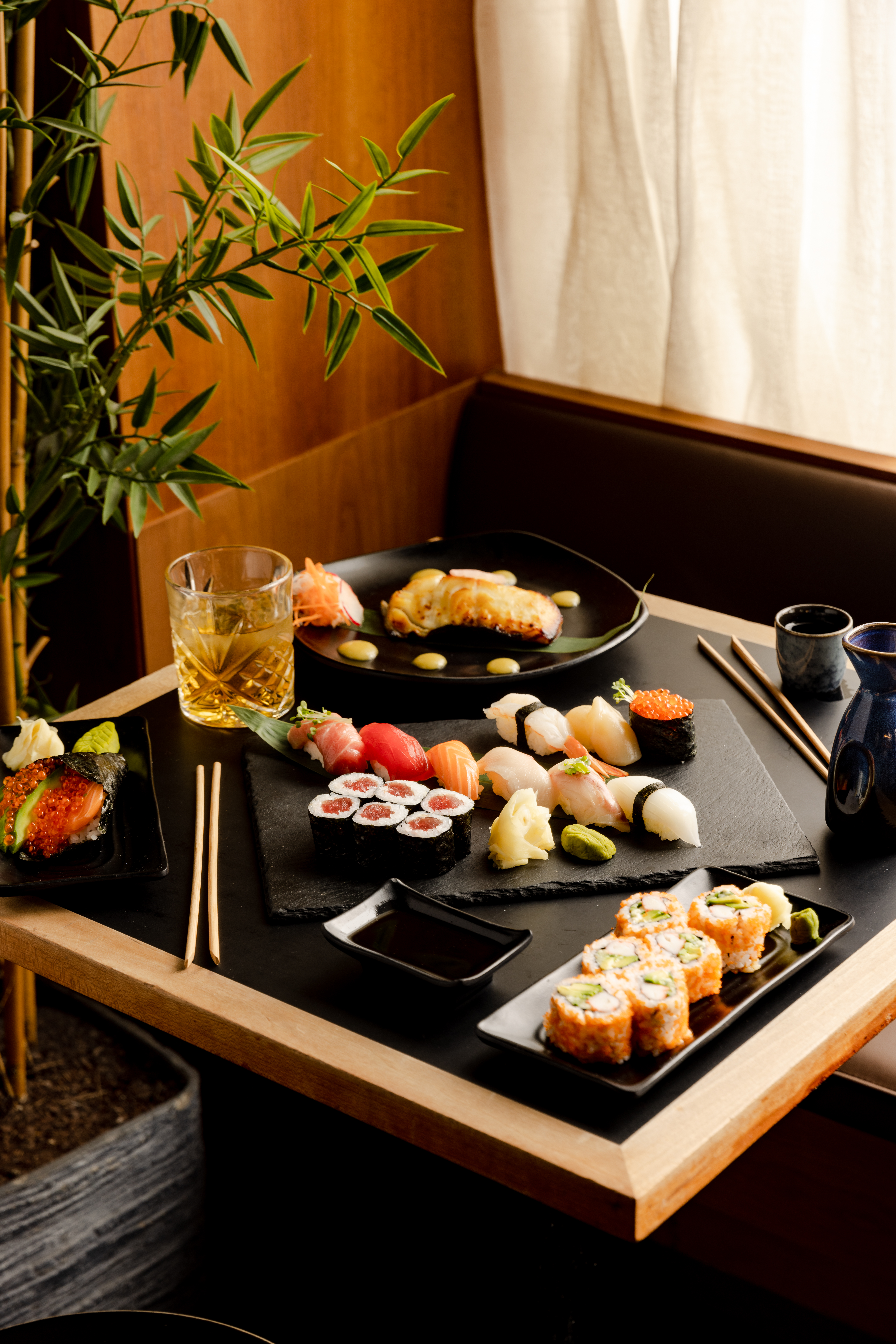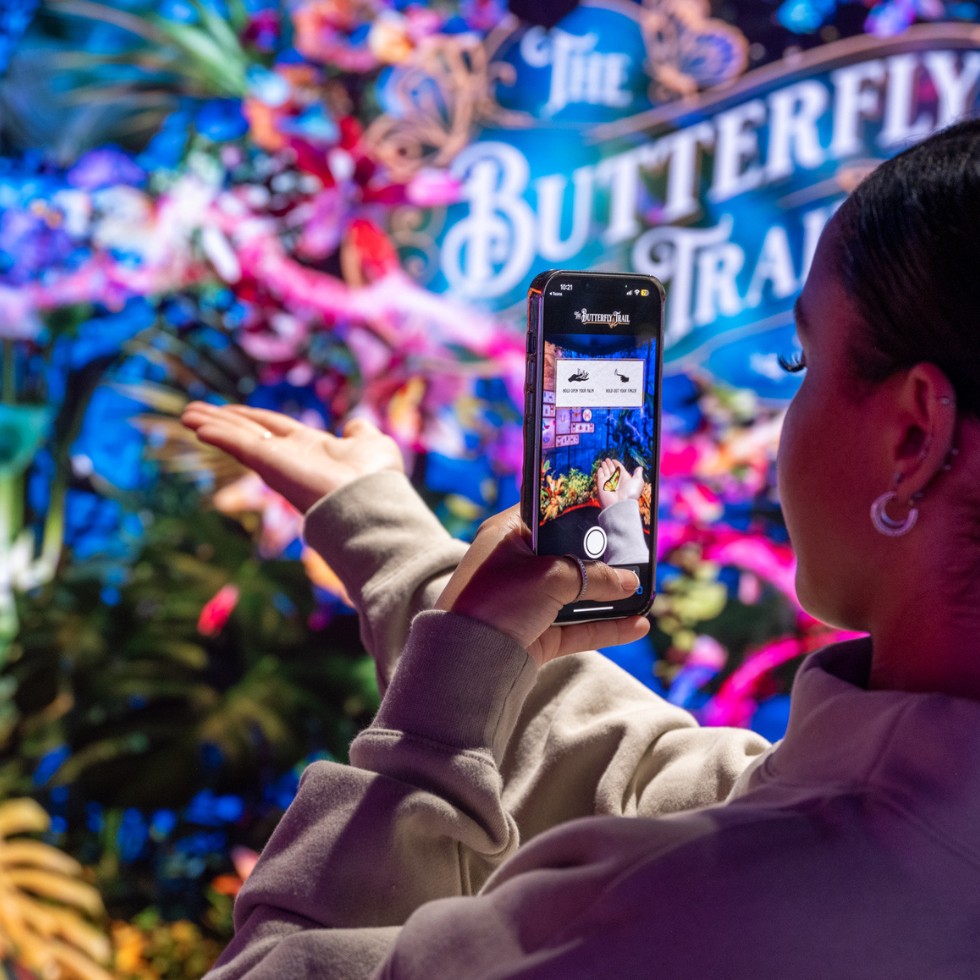As fashion trends continue to cycle through the internet at an ever-accelerating pace, another style has taken centre stage. Enter the ‘mob wife’, a look characterised by big fur coats, fierce animal prints, and stacks of gold jewellery.
It comes as no surprise that the aesthetic was dubbed its niche name from viral social media content on TikTok – successor to the ‘tomato girl’, ‘coastal grandma’, and the renowned, ‘clean girl’. If you haven’t heard of the first two, you’re not alone. The platform is home to many micro-aesthetics that live solely in certain algorithms. The clean girl, on the other hand, has been dominating mainstream social media channels ever since it was popularised in the early 2020s. But nothing ever lasts for long online, with creators on TikTok now declaring that ‘clean girl is out, mob wife is in’.
Two opposite sides of a spectrum; the ‘clean girl’ and the ‘mob wife’ represent antithetic personalities and cultural backgrounds. The clean girl is a minimalist. She dresses in elevated basics with a slick back bun and wears skincare for makeup. The mob wife is a maximalist. She’s adorned in luxurious furs and leathers and wears statement earrings as bold as her smokey-eye.
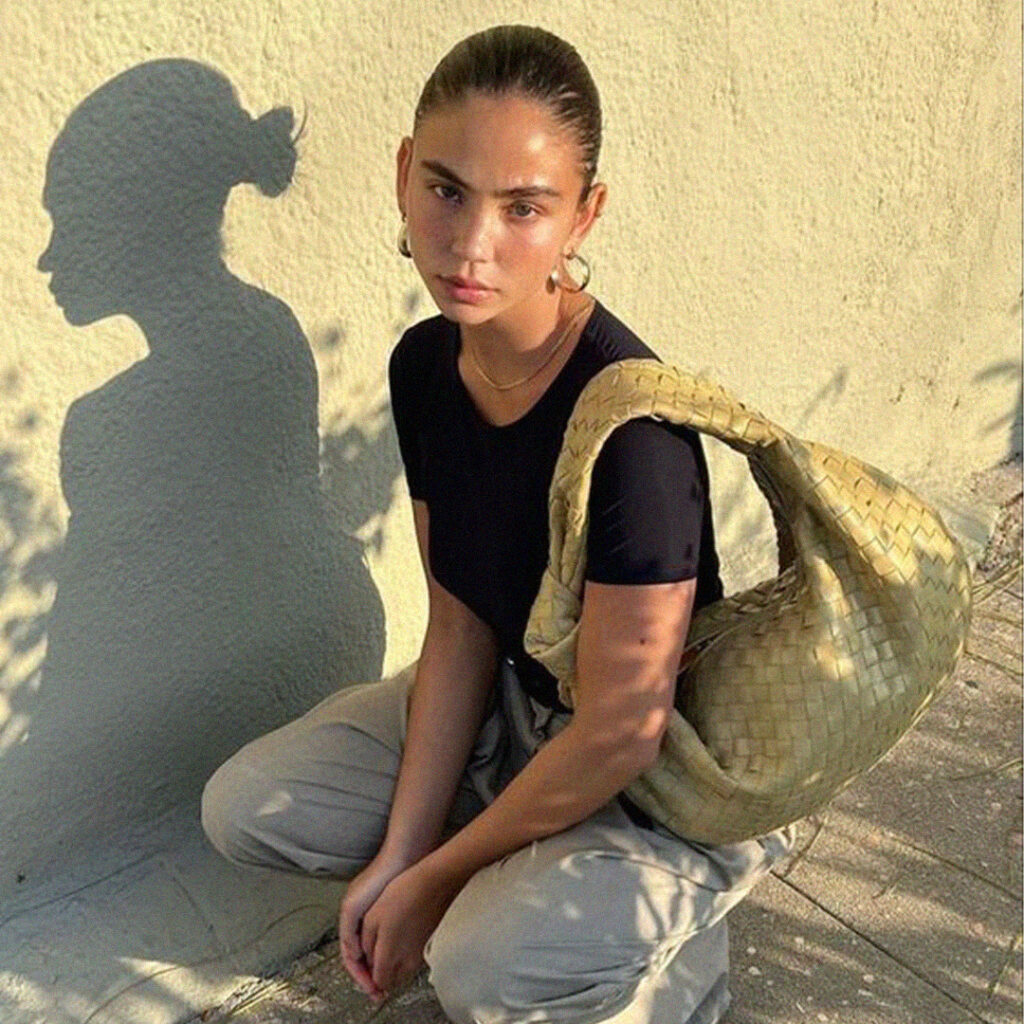
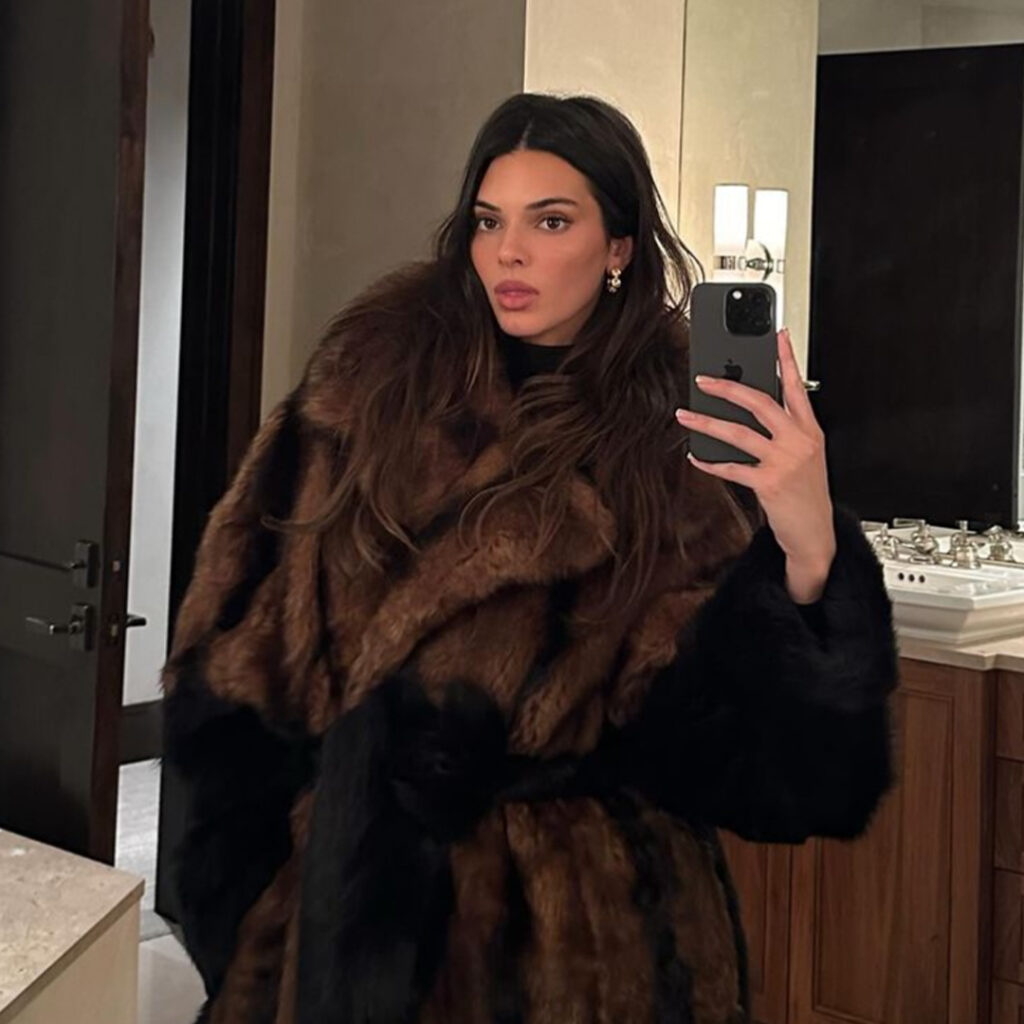
Both styles perfectly reflect the spirit of their times. The clean girl emerged in a world that went into lockdown. It was the era of self-care, as people were forced to find peace in structuring their days and being alone. Minimalism reigned not only in fashion but in lifestyles, a movement pioneered by influencers such as Marie Kondo, who preached the benefits of decluttering your life. Such philosophies were accompanied by trending brands like Uniqlo and Jacquemus, celebrated for their sleek silhouettes and neutral palettes.
Now that we’d all like to believe the pandemic is a distant memory, the fashion pendulum is in full swing the other way. Maximalism has made its loud return and given birth to the mob wife.
When businesses opened up again, people embraced more opportunities to go out, socialise, looking good while doing it. More occasions to dress up for meant that fashion became the perfect outlet for post-pandemic optimism, channelled through brighter and bolder clothing. Twitter users termed the approach, ‘pandemic revenge dressing’, an expression of the rage felt for the 2 years that COVID robbed us of.
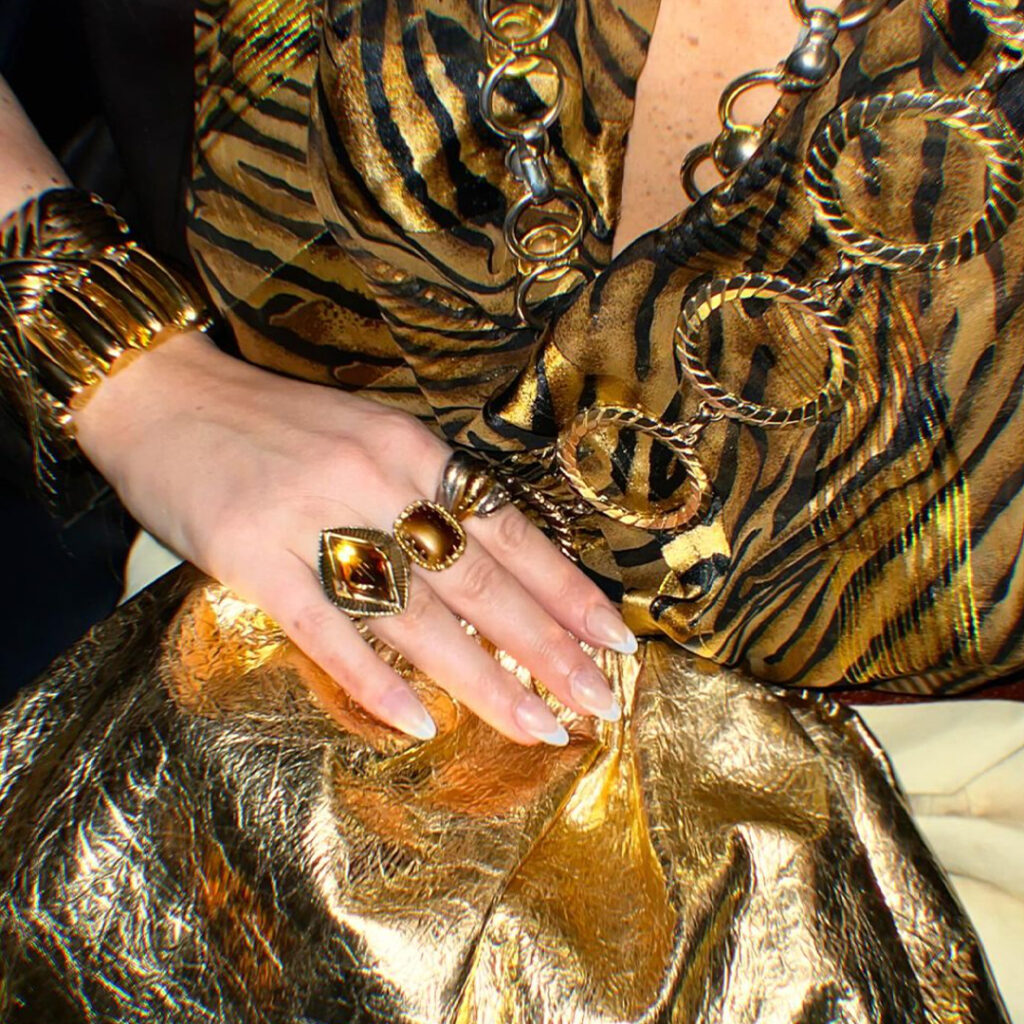
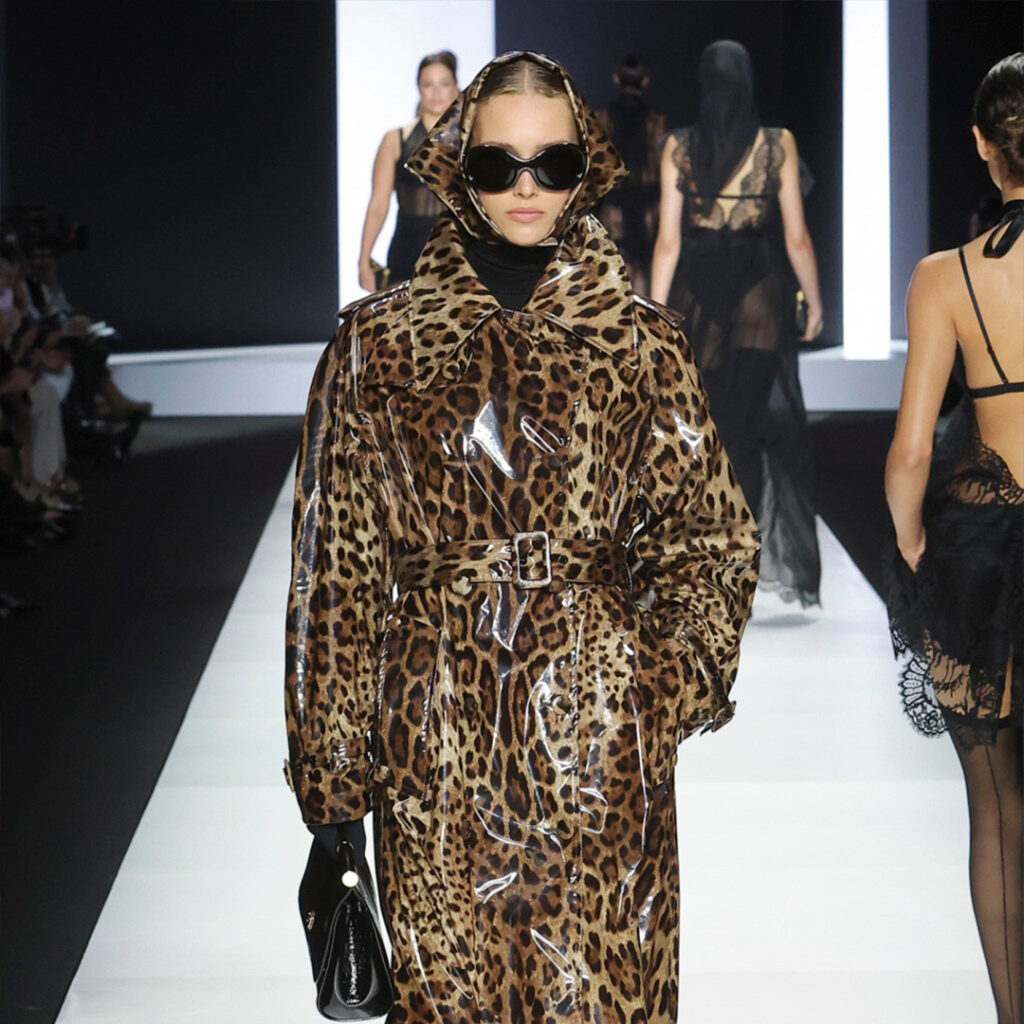
This undoubtedly paved the way for the mob wife aesthetic of today, with its unapologetic flaunting of wealth like an act of defiance against the minimalism that came before it. As the name suggests, the style derives from that of mafia wives, and the eccentric glamour of the 80s and 90s. Iconic femme fatales from the decades, such as Adriana La Cerva of The Sopranos and Elvira Hancock of Scarface, are often sourced as inspiration. So, with the help of nostalgia, what was once considered gaudy, or even tacky, has become chic and seductive for a new generation.
Today, It girls such as Dua Lipa, Hailey Beiber, and Rihanna spring to mind when it comes to embodying the mob wife. While Rihanna has been donning the look for a majority of her career, being no stranger to larger than life coats, Hailey Bieber is a prime example of a clean girl to mob wife convert. Most would call her the face of the clean girl movement, and the number one instigator of many micro-trends on TikTok.
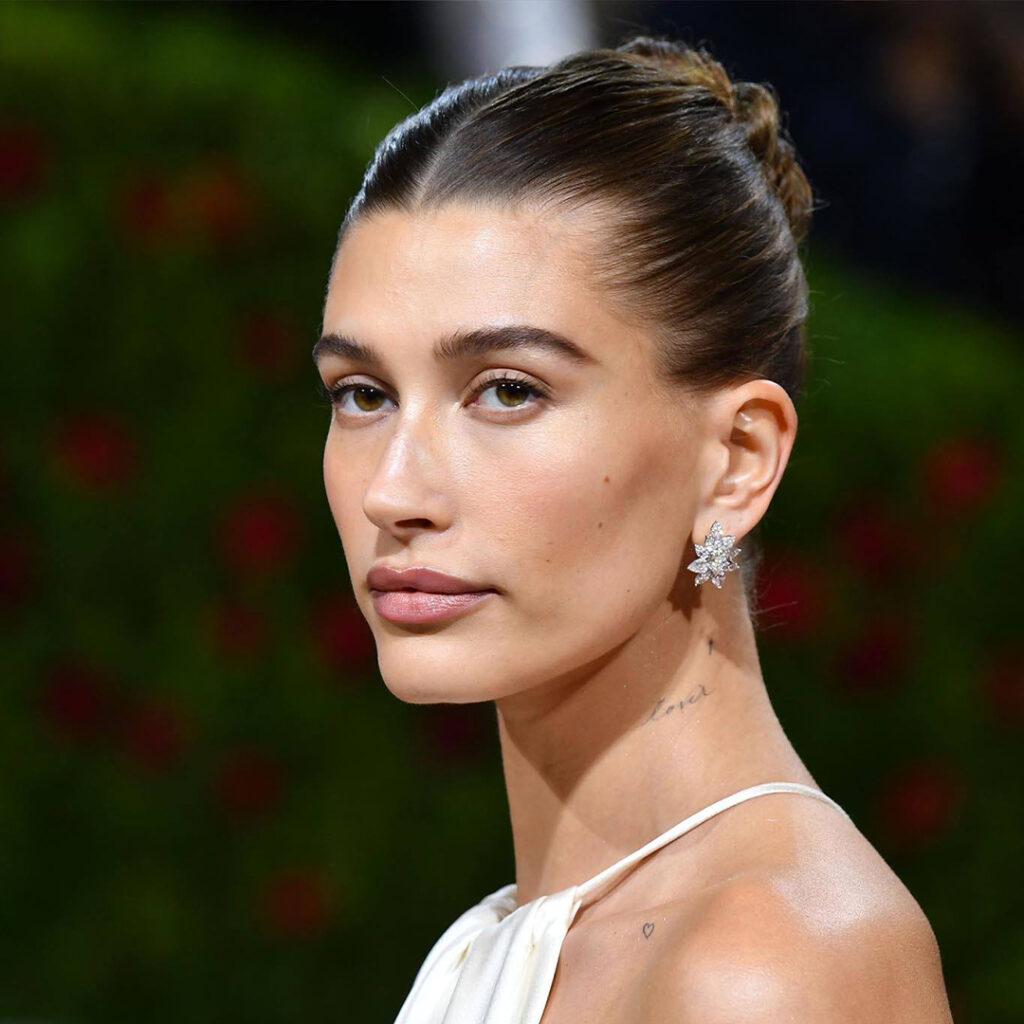
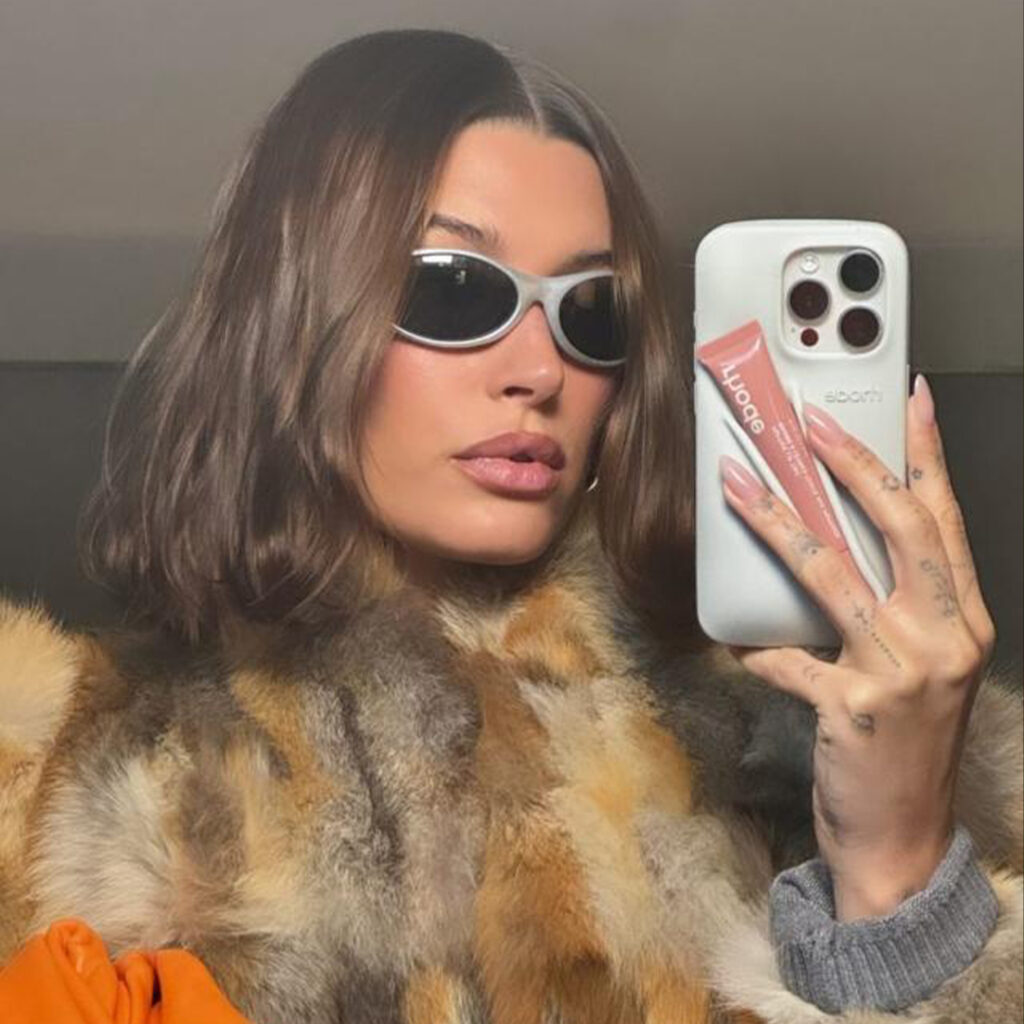
You could say that Winter was to blame for the transition, and although it definitely played its part, you cannot deny the larger cultural shift we’re witnessing. With Gen Z taking on maximalism in stride, we’re excited for a future that’s more extravagant, filled with more colours, more textures, and more fun.
